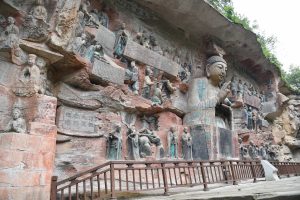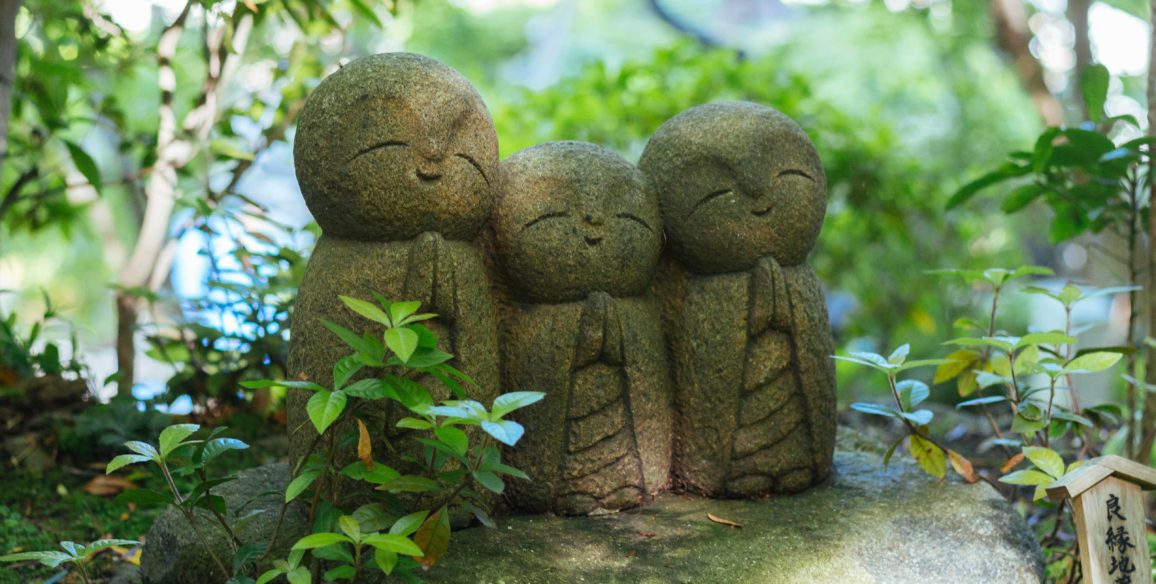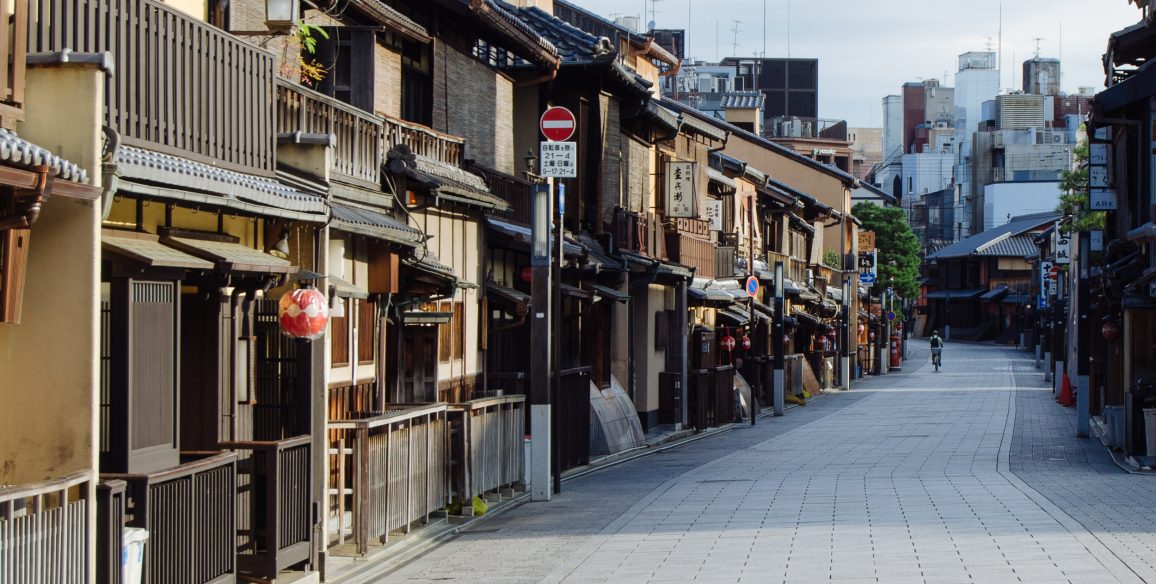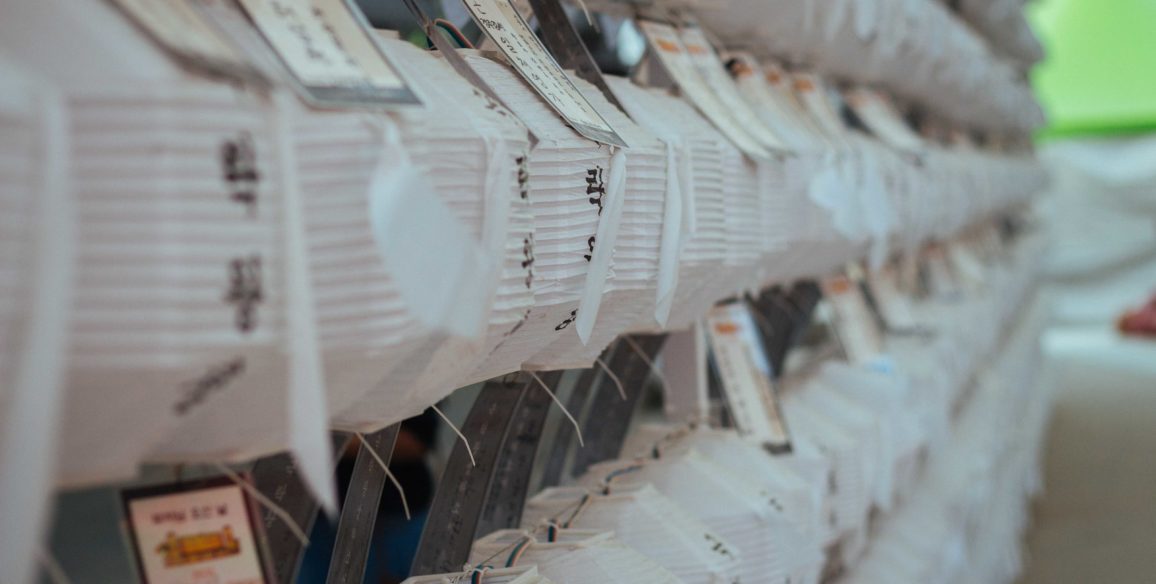Cluster Leader: Christoph Anderl, University of Ghent
This cluster will investigate the development of specific patterns of text-image relations in East Asian Buddhist iconography, with a focus on Chinese sites but if possible also including data from Korea and Japan. We attempt to analyze how textual and visual media interact with (and reference to) each other and how Buddhist themes were programmatically arranged in cliff and cave sites, and how these arrangements were related to ritual uses and accommodated specific religious (and possibly other) needs/purposes in the local environments.
The topic will be also approached from a comparative perspective, in order to study how Buddhist themes (especially Buddhist key narratives) transformed when they spread from India/Central Asia to China, and which specific text-image relations developed in the Chinese context at specific locations. The research cluster will not only focus on collecting and analyzing relevant material during the field trips, but will also investigate how the findings can more generally contribute to our understanding of the interplay between textual and iconographic media. Through this, we hope to engage with current theories on narratology and text/image interaction.
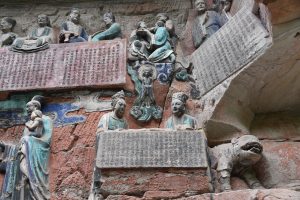
The lower center shows the depiction of the Mahāsattva jātaka in the “Filial Piety” Tableau (no.17) of the Baoding-shan site near Dazu
For the fieldwork, several sites in East Asia will be selected. The specific sites for the field trip will be announced at a later date, but will probably include selected locations in Sichuan, Hebei, and the Dunhuang area. It is important that the activities will also draw on the expertise of local scholars and institutions. In addition, we aim for close collaboration with other clusters dealing with related questions and materials, e.g. “Text and/as Image on East Asian Religious Manuscripts and Xylographs” and “Dunhuang Transformation Tableaux”.
Besides the fieldwork activities, and archiving and analysis of relevant textual and image material, cluster activities will include the organization of a conference in Ghent, in collaboration with Dharma Drum University. Besides presenting results based on the material retrieved during the field trips, we also aim at including panels on narratology theories, as well as on an interdisciplinary/interreligious perspective concerning the role of text-image relations in the spread of religions.
loading map - please wait...


